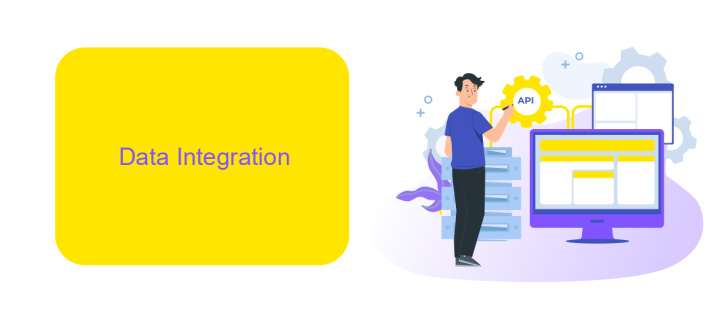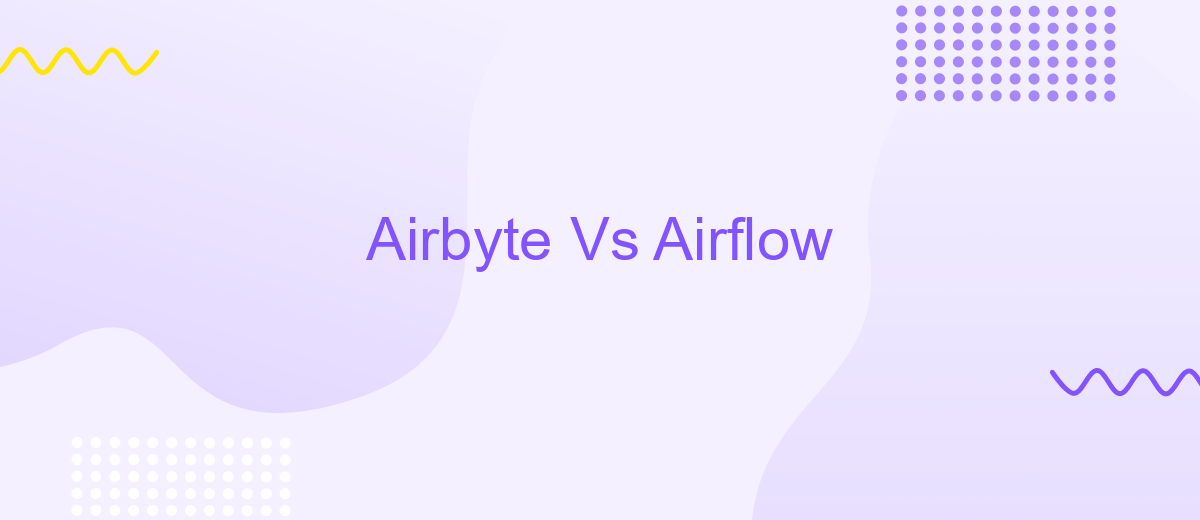Airbyte Vs Airflow
In the realm of data engineering, choosing the right tool for data integration and workflow orchestration is crucial. Airbyte and Apache Airflow are two prominent solutions, each with its unique strengths and use cases. This article delves into a comparative analysis of Airbyte and Airflow, helping you understand their features, differences, and which might be the best fit for your data projects.
Introduction
In the realm of data engineering and workflow automation, two tools often come into the spotlight: Airbyte and Airflow. Both of these platforms offer unique capabilities that cater to different aspects of data integration and orchestration. Choosing the right tool can significantly impact the efficiency and scalability of your data operations.
- Airbyte: Specializes in data integration, providing connectors to various data sources and destinations.
- Airflow: Focuses on workflow automation and orchestration, enabling complex task scheduling and dependency management.
While Airbyte excels in streamlining data pipelines through its extensive library of connectors, Airflow shines in managing and automating workflows. Additionally, services like ApiX-Drive can complement these tools by simplifying the integration process even further, making it easier to connect various applications and automate data flows without extensive coding. Understanding the strengths and use cases of each tool can help you make an informed decision tailored to your specific needs.
Data Integration

Data integration is a critical aspect of modern data management, enabling organizations to consolidate data from various sources into a unified view. Airbyte and Airflow are two prominent tools in this domain, each offering unique capabilities. Airbyte specializes in extracting and loading data from numerous data sources into data warehouses, providing a user-friendly interface and extensive connector library. On the other hand, Airflow excels in orchestrating complex workflows and automating data pipelines, making it ideal for managing dependencies and scheduling tasks.
When setting up integrations, tools like ApiX-Drive can further streamline the process by offering a no-code platform to connect various applications and automate data flows. ApiX-Drive supports a wide range of services, allowing users to effortlessly link data sources and destinations without extensive technical expertise. This can be particularly beneficial for businesses looking to enhance their data integration capabilities without investing heavily in development resources. By leveraging such tools, organizations can achieve seamless and efficient data integration, driving better decision-making and operational efficiency.
Data Quality and Governance

Ensuring data quality and governance is crucial for any data integration and workflow automation tool. Both Airbyte and Airflow offer features to help maintain high standards in this area, but they approach it differently. Airbyte focuses on the accuracy and completeness of data during the ingestion process, providing built-in validation checks and error handling. On the other hand, Airflow offers a more flexible and customizable approach to data governance, allowing users to define their own validation rules and monitoring processes within their workflows.
- Airbyte: Automated data validation during ingestion.
- Airflow: Customizable validation rules and monitoring.
- ApiX-Drive: Seamless integration for enhanced data governance.
In addition to these tools, services like ApiX-Drive can further enhance data quality and governance by providing seamless integration capabilities. ApiX-Drive allows users to connect various data sources and applications with ease, ensuring that data flows smoothly and accurately across systems. This added layer of integration helps maintain data integrity and compliance, making it an invaluable asset in any data management strategy.
Architecture and Extensibility

Airbyte and Airflow are two powerful tools used for data integration and orchestration, but they differ significantly in architecture and extensibility. Airbyte is designed as a modular system with a focus on ease of use and scalability. It allows users to create custom connectors with minimal coding, making it highly adaptable to various data sources and destinations.
Airflow, on the other hand, is a workflow orchestration tool that excels in managing complex data pipelines. It uses Directed Acyclic Graphs (DAGs) to define the workflow, providing granular control over task dependencies and scheduling. This makes Airflow highly extensible but requires a steeper learning curve and more coding effort.
- Airbyte: Modular architecture, easy connector creation
- Airflow: DAG-based, granular control over workflows
- ApiX-Drive: Simplifies integration setup with pre-built connectors
While both tools offer robust solutions for data integration and workflow management, choosing between them depends on your specific needs. If you prioritize ease of use and quick setup, Airbyte, possibly in conjunction with ApiX-Drive for additional integrations, may be the better choice. For more complex workflows requiring detailed control, Airflow is the go-to solution.
Pricing and Support
When it comes to pricing, Airbyte offers a transparent model with a free open-source version and a paid cloud service that scales with your usage. This allows businesses to start small and expand as needed without incurring significant upfront costs. Airflow, on the other hand, is also open-source but often requires more substantial investment in terms of infrastructure and maintenance, which can add to the total cost of ownership over time.
In terms of support, Airbyte provides comprehensive documentation, community forums, and dedicated support for paying customers. They also offer various integrations to simplify data workflows, including services like ApiX-Drive, which can help automate and streamline data integration processes. Airflow has a strong community and extensive documentation, but enterprise-level support might require third-party services or additional investment in skilled personnel. Both tools have their strengths, but the choice may come down to specific business needs and resource availability.
- Automate the work of an online store or landing
- Empower through integration
- Don't spend money on programmers and integrators
- Save time by automating routine tasks
FAQ
What is the primary difference between Airbyte and Airflow?
Can Airbyte and Airflow be used together?
Which tool is better for real-time data streaming?
How do I choose between Airbyte and Airflow for my project?
What are some alternatives for automating and setting up integrations?
Strive to take your business to the next level, achieve your goals faster and more efficiently? Apix-Drive is your reliable assistant for these tasks. An online service and application connector will help you automate key business processes and get rid of the routine. You and your employees will free up time for important core tasks. Try Apix-Drive features for free to see the effectiveness of the online connector for yourself.


